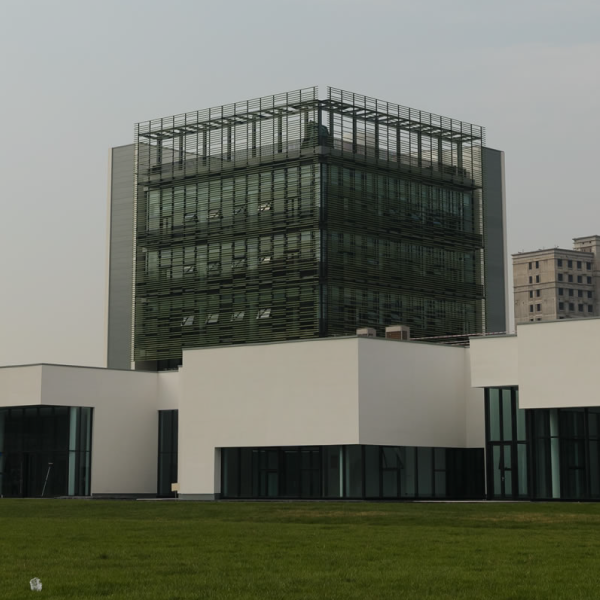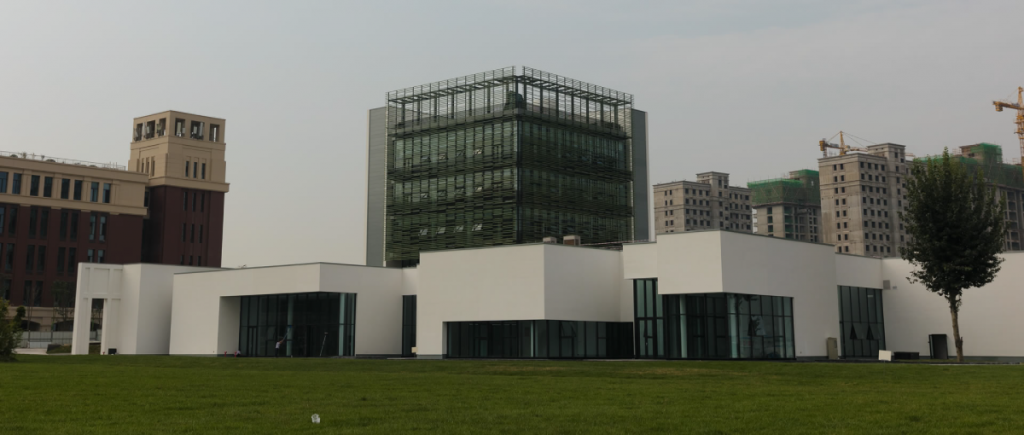
Conversation with Giovanni Valente, Professor of Logic and Philosophy of Science in the Mathematics Department at Politecnico di Milano and Member of the inter-departmental Unit of Study META
The Politecnico di Milano, a technical University, has promoted the creation of an interdisciplinary network of scholars from its various departments of engineering, architecture and design with skills in human and social sciences to provide expertise in philosophical, epistemological, ethical and social issues related to processes of science, technology and innovation. Why was this decision made?
At international level, there is a relatively widespread tradition of promoting the presence of scholars working in the social sciences and humanities within the major polytechnical universities. In fact, some of the world’s leading academic institutions, such as the MIT in Boston, even feature entire departments dedicated to specific fields of humanities. The reason for this choice is that the humanities, if they are scientifically-informed, can complement technical knowledge by adding a critical and reflective perspective.
Research and teaching in the areas of philosophy and sociology of science and technology have been present at the Politecnico di Milano for quite some time. However, they began to acquire a systematic form of coordination only recently with the development of the Unit of Study META, which was officially created in the academic year 2017-2018 in the form of a collaboration between various departments. Throughout the years that followed, the group progressively expanded with the addition of more tenure-track faculty, post-doctoral researchers and PhD students, who have been recruited thanks to external funding as well as the direct endowment of the Rector. The current administration of the Politecnico di Milano has indeed realised the importance of developing the humanities in order to enhance interdisciplinary research and enrich the educational offer for engineers, architects and designers along the tradition of the most prestigious polytechnical universities around the world.
Specifically, META aims to produce and disseminate knowledge and offer expertise in the philosophical, ethical and social dimensions of science and technology by organising research and teaching activities as well as academic and public events, which have received a great deal of attention even outside the university itself. A distinctive feature of this network is that its members are based in different departments, so that, besides collaborating with each other, they can also interact directly with colleagues working in relevant fields of science and technology. Such an interaction thus fosters an interdisciplinary approach whereby expertise in the humanities and social sciences is well integrated in the research processes.
So, especially for an engineer, why is it important to have humanities skills and how do they fit into the training path?
As the British novelist and physical chemist Charles Percy Snow famously explained in his influential 1959 book on “The Two Cultures and the Scientific Revolution”, the alleged contrast between scientific and humanistic knowledge (namely, the two “cultures” into which the Western world seems to be split) can have dramatic consequences for society, especially in as much as the educational system tends to favour one at the expense of the other. The call for a properly balanced and multi-disciplinary preparation for our students is even more earnest now that we live in an era of high fragmentation of knowledge and hyper-specialisation, in that there often lacks a dialogue between different scientific fields, let alone between science and humanities. Disciplines such as philosophy and sociology of science and technology are interdisciplinary by their own nature, and therefore they are suitably apt to bridge the gap across “the two cultures”, even more so when they are taught at a polytechnical university.
Indeed, philosophy and sociology prompt students to reflect upon the foundations of their own scientific and technological disciplines, thereby refining their critical thinking. To give an example, scientific models often resort to assumptions that are, strictly speaking, false, and yet they can be applied to concrete systems: that gives rise to outstanding conceptual questions about the justification of such unrealistic idealisations. Furthermore, philosophical and sociological studies put polytechnical students in a position to develop awareness of the ethical and social consequences of the use of the technologies they will employ in their future jobs. For instance, an extremely popular course META has introduced for engineering degrees at the Politecnico di Milano is called “Ethics for Technology”, which is the first course of its kind established in the Italian educational system. Last but not least, since the courses designed by META typically require the enrolled students to submit written essays, they offer them the opportunity to practise and improve their own writing and communication skills, an opportunity they would otherwise seldom encounter in other more technical courses. This actually contributes to filling an important gap in the engineering curricula.
With reference to innovation processes that are increasingly data-dependent or data driven, what is the role of social sciences and humanities, in particular with respect to the implications of the use of artificial intelligence in the context of social phenomena?
In the current digital era, the massive and growing use of technological innovations that can process huge amounts of data with unprecedented power poses ever more pressing epistemological and ethical issues. In this respect, the long-standing discussion in philosophy and sociology about the nature of scientific data can be highly beneficial to the research on artificial intelligence, especially when it is applied to the analysis and prediction of social phenomena. Indeed, from an epistemological point of view, it is a recognized fact that there does not exist such a thing as “brute data”. For the process of collecting and elaborating data is not at all neutral but rather it is theory-laden, in the sense that the selection of the dataset relevant for the study of a certain phenomenon as well as the subsequent interpretation of computational outcomes are always driven by contextual background knowledge.
Accordingly, if we wish to draw meaningful and reliable conclusions from the available data, we ought to understand the extent to which they depend on the theoretical assumptions underlying the construction and implementation of the algorithms we employ. Moreover, from an ethical point of view, when we deal with sensitive data that reveal personal information, as often happens in the context of social phenomena, there arise delicate and controversial ethical issues, for instance, concerning the protection of individual privacy. Data security is actually one of the major problems stemming from the use of powerful computational algorithms, together with bias problem namely the fact that AI systems are trained on data that are only representative of a limited sample of the population, and the trust deficit problem, namely the fact that the procedures by which deep learning models predict the outcomes remain largely unknown.
In order to face these outstanding challenges of artificial intelligence, the vast philosophical and sociological literature on epistemological and ethical issues concerning scientific data can thus be fruitfully combined with scientific and technological practice so as to develop an effective integrated approach.








